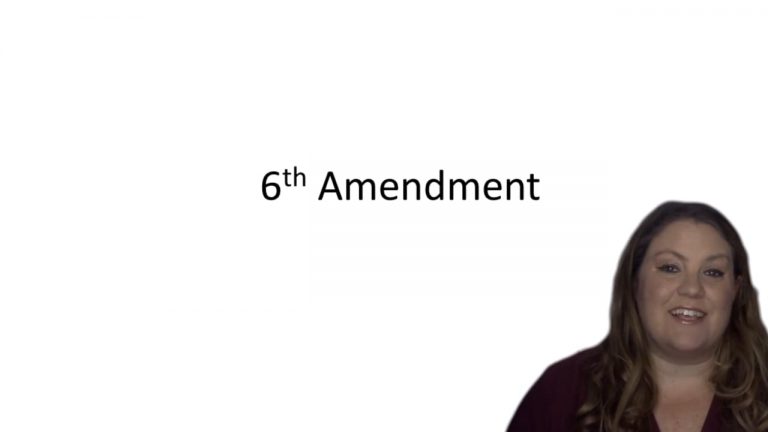SmartBrief
Confirm favorite deletion?
Criminal Procedure Keyed to Dressler
Blakely v. Washington
Citation:
542 U.S. 296, 124 S.Ct. 2531, 159 L.Ed.2d 403.Facts
The defendant entered a guilty plea for second-degree kidnapping, which is a class B felony in Washington. State law provides that a class B felony shall not be punished by confinement exceeding a term of ten years. Other provisions of state law, however, further limit the range of sentences a judge may impose. Washington’s Sentencing Reform Act specifies a “standard range” of 49 to 53 months for the defendant’s offense. A judge may impose a sentence above the standard range if he finds “substantial and compelling reasons justifying an exceptional sentence.” When a judge imposes an exceptional sentence, he must set forth findings of fact and conclusions of law supporting it.
Pursuant to the plea agreement, the State recommended a sentence within the standard range of 49 to 53 months. After hearing the victim’s description of the kidnaping, however, the judge rejected the State’s recommendation and imposed an exceptional sentence of 90 months (37 months beyond the standard maximum). He justified the sentence on the ground that the defendant had acted with deliberate cruelty. The facts supporting this determination were neither admitted by the defendant or proved by a jury.
The defendant appealed, arguing that this sentencing procedure deprived him of his Sixth Amendment right to have a jury determine beyond a reasonable doubt all facts legally essential to his sentence.
Only StudyBuddy Pro offers the complete Case Brief Anatomy*
Access the most important case brief elements for optimal case understanding.
*Case Brief Anatomy includes: Brief Prologue, Complete Case Brief, Brief Epilogue
- The Brief Prologue provides necessary case brief introductory information and includes:
Topic:
Identifies the topic of law and where this case fits within your course outline.Parties:
Identifies the cast of characters involved in the case.Procedural Posture & History:
Shares the case history with how lower courts have ruled on the matter.Case Key Terms, Acts, Doctrines, etc.:
A case specific Legal Term Dictionary.Case Doctrines, Acts, Statutes, Amendments and Treatises:
Identifies and Defines Legal Authority used in this case.
- The Case Brief is the complete case summarized and authored in the traditional Law School I.R.A.C. format. The Pro case brief includes:
Brief Facts:
A Synopsis of the Facts of the case.Rule of Law:
Identifies the Legal Principle the Court used in deciding the case.Facts:
What are the factual circumstances that gave rise to the civil or criminal case? What is the relationship of the Parties that are involved in the case.Issue(s):
Lists the Questions of Law that are raised by the Facts of the case.Holding:
Shares the Court's answer to the legal questions raised in the issue.Concurring / Dissenting Opinions:
Includes valuable concurring or dissenting opinions and their key points.Reasoning and Analysis:
Identifies the chain of argument(s) which led the judges to rule as they did.
- The Brief Prologue closes the case brief with important forward-looking discussion and includes:
Policy:
Identifies the Policy if any that has been established by the case.Court Direction:
Shares where the Court went from here for this case.
Topic Resources
Topic Outline
Topic Refresher Course
Topic Charts & Notes

 4m 2s
4m 2s